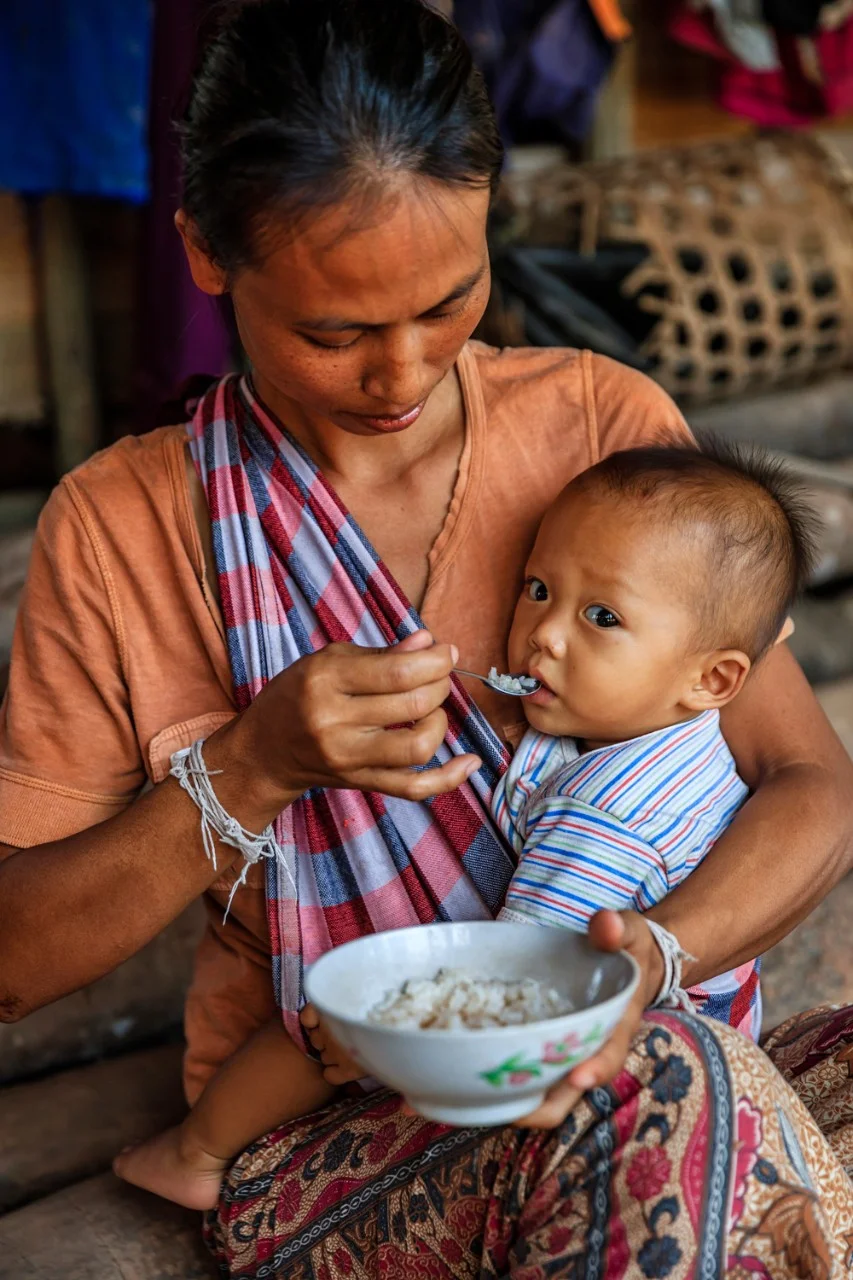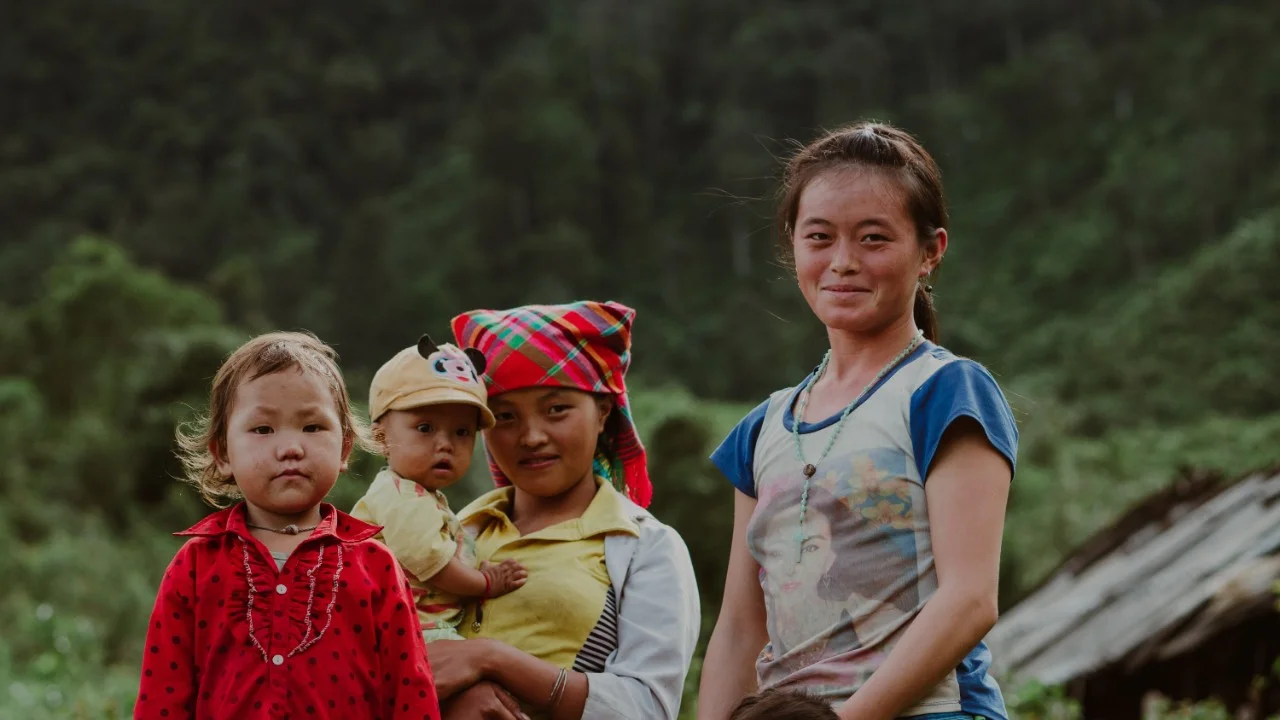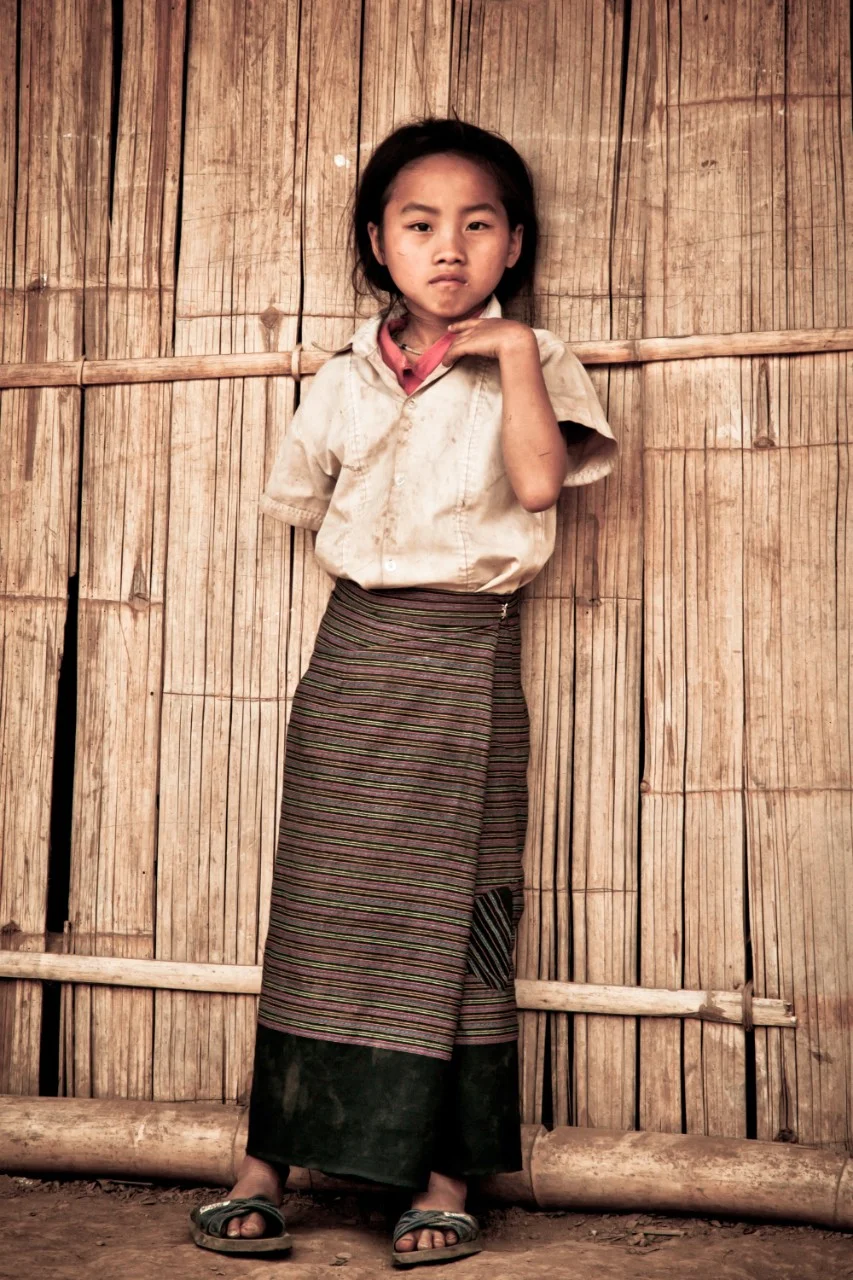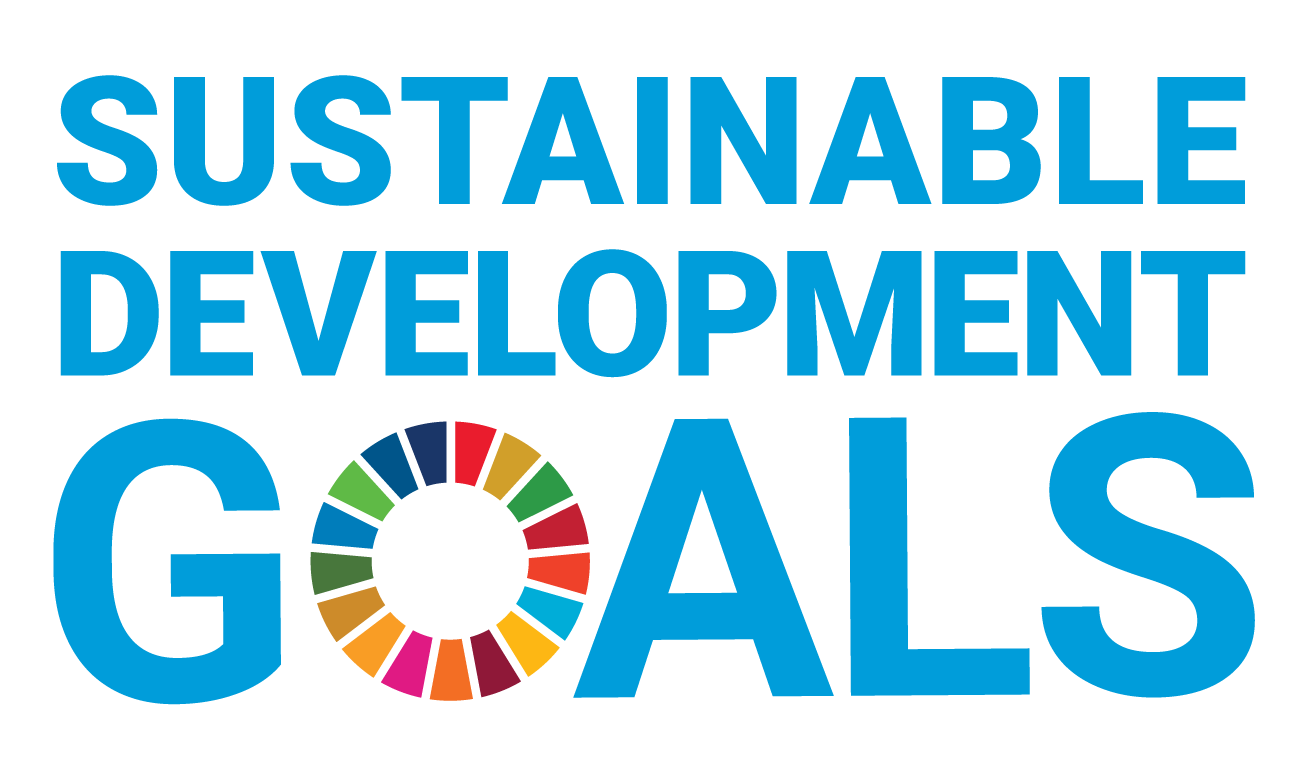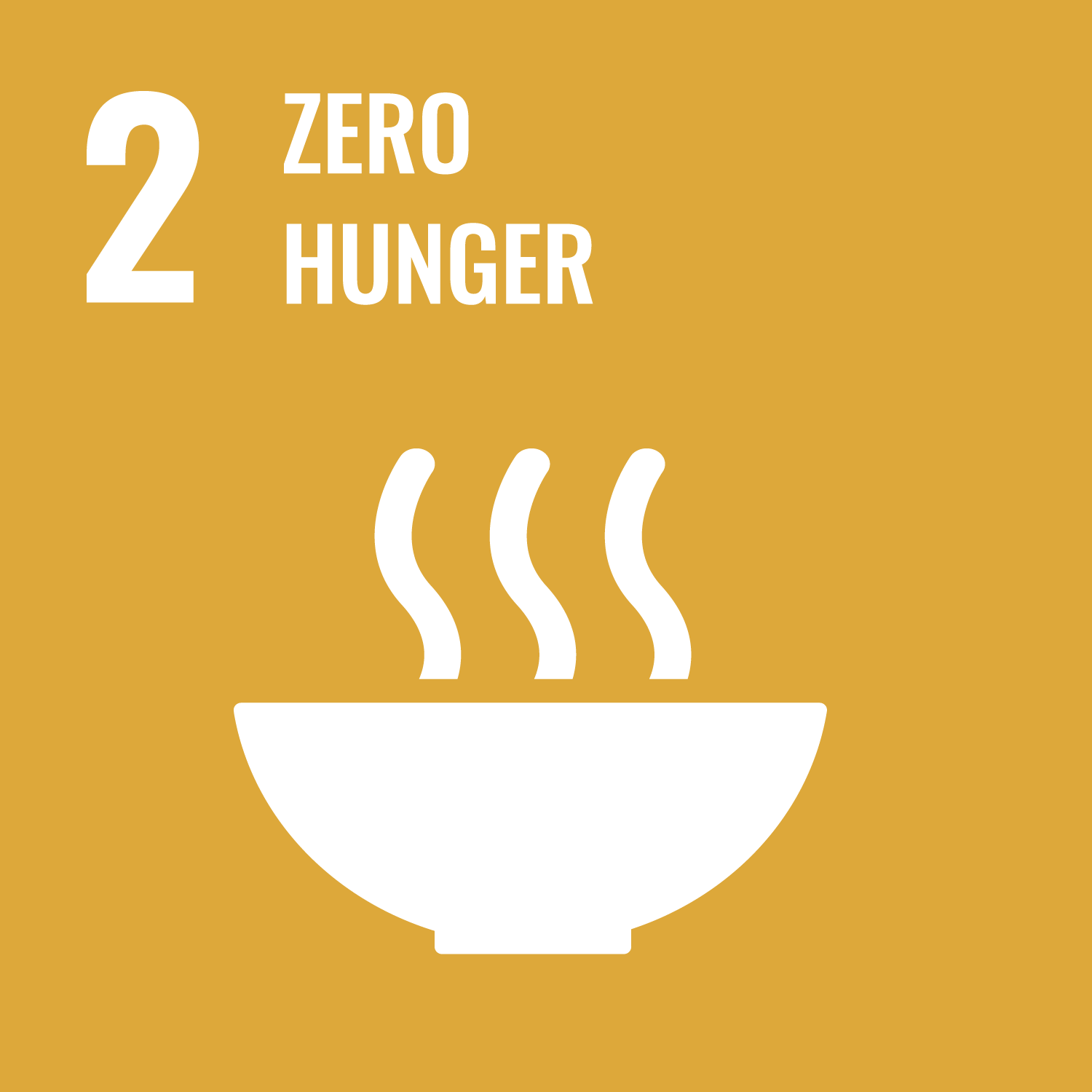You can search for courses, events, people, and anything else.
Ratsavong Kethmany, has seen a lot of malnourished young children in her job as a technical officer with the Lao Tropical Public Health Institute. Like the tiny 18-month-old she recalls meeting in the country’s capital Vientiane. On good days, the mother fed her fifth child, breast milk, baby cereal, or masticated sticky rice with meatballs. On bad days, just plain rice with salt.
The diet is typical of many children in the Lao People’s Democratic Republic, and a key reason why the southeast Asian nation has one of the world’s highest undernutrition rates, a problem that also persists regionally. Roughly 33% and 9% of Laotian children under-five suffer from stunting (low height for age) and wasting (low weight for height) respectively — conditions that affect development and result in poor cognitive function and learning outcomes.
Teaming up with researchers at the Burnet Institute in Melbourne, Professor Andre Renzaho from Western’s School of Medicine and his collaborators conducted a three-year pilot study between 2008 and 2011, involving 720 households in the highlands of Savannakhet province. The aim was to determine whether interventions such as teaching mothers about good prenatal and postpartum nutrition, and strengthening community health infrastructure, could help reduce acute malnutrition among children.
The pilot was a success: acute undernutrition rates plummeted by 50%, and for those mothers who began breastfeeding within two hours of giving birth it had decreased by 75%. “Strengthening existing assets was a very effective way to start,” says Kethmany. Significant improvements were also recorded in maternal care and child immunisation coverage in Savannakhet province.
Need to know
- Lao PDR has one of the highest rates of undernourished children in the world.
- Roughly 33% of Laotian children under five suffer from chronic malnutrition and stunting.
- Nutrition interventions co-developed with local institutions by a multidisciplinary team saw malnutrition rates drop by 50%.
Renzaho has wider ambitions. He points to 2019 estimates by The Lancet’s Global Burden of Disease report that suggest that child and maternal undernutrition that is, low birthweight, short gestation, growth failure, non-optimal breastfeeding, and low intake of micronutrients, accounted for 11.6% of all disability-adjusted life-years. “The health and wellbeing of a nation will never improve so long as undernutrition is a threat to its people’s health,” he explains.
So, in 2017, his team launched an ongoing study to see if their efforts could work on a larger scale. The goal? To see if a “mixed nutrition intervention package,” introduced to women six months into pregnancy, can reduce stunting and wasting in children at 18 months of age.
The package, which half of the 224,000 participants receive on top of standard care, targets the immediate causes of malnutrition, such as inadequate food, poor maternal health and non-exclusive breastfeeding, as well as underlying causes, such as food security, care behaviour and vaccination coverage.
“We are focused on capacity building through co-development with communities and public-health policy makers and
practitioners to address deficiencies in information system management, community infrastructure and social supports,” says Renzaho. “If effective and scalable, the model could be implemented across the region.”
Meet the Academic | Professor Andre Renzaho
Professor Renzaho joined Western Sydney University in 2015. Prior to that he was the Director of Migration, Social Disadvantage, and Health Programs within the Global Society Unit, the Department of Epidemiology & Preventive Medicine, Monash University. With a background in Global Health and International Development, he has professional experience in complex (protracted) humanitarian emergencies and development practice, international public health, and nutrition epidemiology. From 2003 to 2006, he oversaw the evaluation of more than 40 AusAID NGO Cooperation Programs with World Vision Australia covering Sub-Saharan Africa, Eastern Europe, the Middle East, Latin America, the Pacific, and Asia; and acted as the Technical Director of the Impact Assessment of Australian Aid for the Bougainville Infrastructure.
Professor Renzaho has worked with a number of United Nations including working with Care Australia, Concern Worldwide, Médecins Sans Frontières, the United Nations High Commission for Refugees, and the United Nations Children's Fund. Professor Renzaho has also undertaken consultancy work for State and Commonwealth Governments in Australia and overseas. He has been a member of a number of governmental and non-governmental Boards, Committees, Expert Panels, and Taskforce. He is on editorial boards of international journals and is currently a Chief Investigator on category 1 grants. He has published more than 240 papers and attracted more than $9.5 million in national competitive grants
Credit
© hadynyah/E+/Getty Images © Le Tan/unsplash © Sarah Ball/unsplash
Future-Makers is published for Western Sydney University by Nature Research Custom Media, part of Springer Nature.

